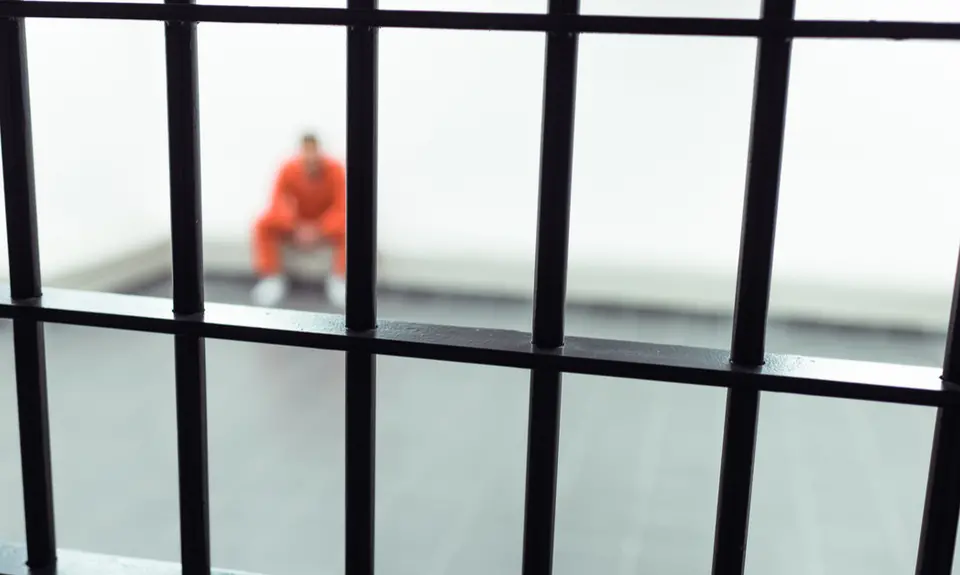“Confirmed Judges, Confirmed Fears” is a blog series documenting the harmful impact of President Trump’s judges on Americans’ rights and liberties. Cases in the series can be found by issue and by judge at this link.
Trump Fourth Circuit judge Julius Richardson, joined by Trump judges Marvin Quattlebaum and Allison Rushing, tried in dissent to uphold a conviction of a man who had served in prison for more than forty years for crimes he contended that he did not commit, despite revelations that the state suppressed and failed to disclose evidence that could have demonstrated his innocence. The majority rejected the dissent’s view, vacated the denial of a petition for post-conviction relief, and sent the case back to the lower courts in its August 2020 decision in Long v. Hooks.
For more than forty years, Ronnie Wallace Long “has been in prison for a rape and burglary that he has consistently maintained he did not commit.” Beginning after his conviction, posttrial disclosures “unearthed a troubling and striking pattern of deliberate police suppression of material evidence.”
In April 1976, a Black man unlawfully entered the home of Sarah Bost, a 54-year-old white woman, assaulted her, demanded money, raped her, and then fled. Several weeks later, Ms. Bost identified Long as the attacker, even though her initial description of the attacker was different than Long and the identification procedures were somewhat suggestive. Several witnesses at trial testified that Long was in fact elsewhere at the time of the attack, but he was convicted based largely on Ms. Bost’s testimony and on a police officer’s testimony that lab results showed that shoes worn by Long “could have” produced latent prints found at the scene. Long’s initial appeals and state petitions for post-conviction relief were rejected.
In 2005, the North Carolina Center for Actual Innocence took up Long’s case and requested lab reports and other information that had never been provided to him. The results were significant. They showed that 1) a detective who testified at trial had lied about what items he took to the lab for testing; 2)the suspect’s hair found at the scene was “different” than Long’s hair; 3) examination of Long’s gloves and other items “failed to reveal the presence of any fiber or paint” suggesting they had been at the scene; 3) overall the tests demonstrated that Long was “not linked to the crime scene in any way;” 4) sperm taken from the victim was “turned over to the police and never seen again”; and 5) not one of some 43 latent fingerprints lifted from the scene “matched” Long. None of this information was disclosed to Long at trial.
A federal judge who received a petition for federal post-conviction relief from Long agreed that the state had improperly suppressed evidence that would have been favorable to him, but deferred to a state court that found that the evidence was not “material” because it would have had “no impact” on the outcome of the trial. On appeal, a three judge panel initially affirmed the lower court opinion in an opinion by Trump judge Richardson, as reported in this blog, but the full Fourth Circuit decided to rehear the case.
The majority opinion was written by Judge Stephanie Thacker, who had dissented from Richardson’s opinion, and joined by 8 other judges, including Chief Judge Gregory, who was nominated both by President Clinton and George W. Bush. The majority ruled that the “no impact” conclusion was wrong and “patently unreasonable” for three reasons. First, the conclusion was based on an “improperly high burden” placed on Long to show that “each individual” piece of evidence would have produced a different result at trial, as opposed to the proper standard of showing that there was a “reasonable probability” of a different result if all the evidence is considered cumulatively. Second, the district court improperly failed to recognize that the “no impact” conclusion was based on the state court’s erroneous view that the withheld evidence was not “favorable” to Long. Finally, the majority concluded that the “no impact’ conclusion was “objectively unreasonable” based on the facts in the record as outlined above. There was simply “no possibility for fair-minded disagreement,” the majority concluded, that the cumulative effect of the suppressed evidence “would have impacted” Long’s trial.
Joined by Trump judges Quattlebaum and Rushing and several others, Trump judge Richardson dissented, claiming that the court should defer to the “no impact” finding and making arguments that the majority carefully refuted. Richardson did not disagree that the evidence had been improperly withheld, but asserted that the “no impact” conclusion and the improper burden placed on Long were “alternative” grounds for the state court conclusion; the majority replied that they were “inextricably intertwined.” Richardson also disagreed about the significance of some of the exculpatory evidence. For example, he claimed that the fingerprint evidence was irrelevant because Ms. Bost had stated that her attacker was wearing gloves when in fact, as the majority noted, she said he could “possibly” have been wearing gloves. Richardson also questioned the importance of the semen evidence because the type of precise “forensic analysis” available today did not exist in 1976, but the majority pointed out that even at the time, it would have had “some weight” and would have been “favorable” to Long.
Overall, the majority did not conclude that Long should be set free based on the suppressed evidence, but sent the case back to the lower courts, where the burden will be on Long to prove his “actual innocence” based on federal law. As a result of the majority’s decision, however, he will at least have that opportunity. If it had been up to Richardson, Quattlebaum, and Rushing, he would be remaining in jail after more than 40 years with no such opportunity, despite the acknowledged improper suppression of evidence that may well help establish his innocence.
